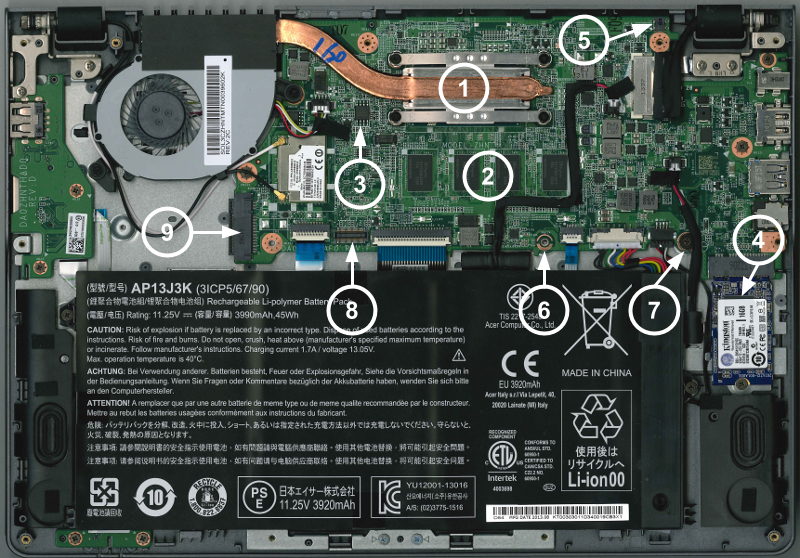

Since all of your data is synced to Google Server, you actually don’t have to worry about losing any data.
#INSTALL UBUNTU FROM USB CHROMEBOOK HOW TO#
How to Install Ubuntuīefore we start poking around, please ensure that you have a back-up of your data.

Some of the advantages of Crouton are that unlike other methods, you don’t have to reboot your machine to switch operating systems you can switch between them using keyboard shortcuts as if you are switching between two apps. Unity can be quite heavy for your Chromebook, depending on your hardware, and I don’t find Xfce to be enough eye candy, so I am going to try KDE and see how it works. The scripts are hosted on GitHub and currently support only Ubuntu and Debian. It offers various desktop environments including Xfce, Unity, and KDE. For this tutorial I have chosen Crouton (aka Chromium OS Universal Chroot Environment), which is a set of scripts that bundle up into an easy-to-use, Chromium OS-centric chroot generator. There are many ways to install a Linux-based OS on your Chromebook.

However, as a Linux user, I cringe to run a ‘full-blown’ desktop on my Chromebook (even if I don’t need one). I was surprised to see the drop in support calls I used to get from my wife when she was on Windows or Mac, because Chrome OS is extremely simple to use and there is virtually nothing that one can break. It has ended the ‘paid’ OS upgrade model used by some companies and ensures that you don’t have to be a rocket scientist to run a PC. I love Chromebooks not only because they run the Linux-based operating system Chrome OS, but also because they are inexpensive and the app ecosystem around the OS is evolving rapidly. I am a huge fan of Chromebooks and so is Linus Torvalds. He believes that “…Chromebooks are the kind of things that will make the year of the desktop more possible.”


 0 kommentar(er)
0 kommentar(er)
